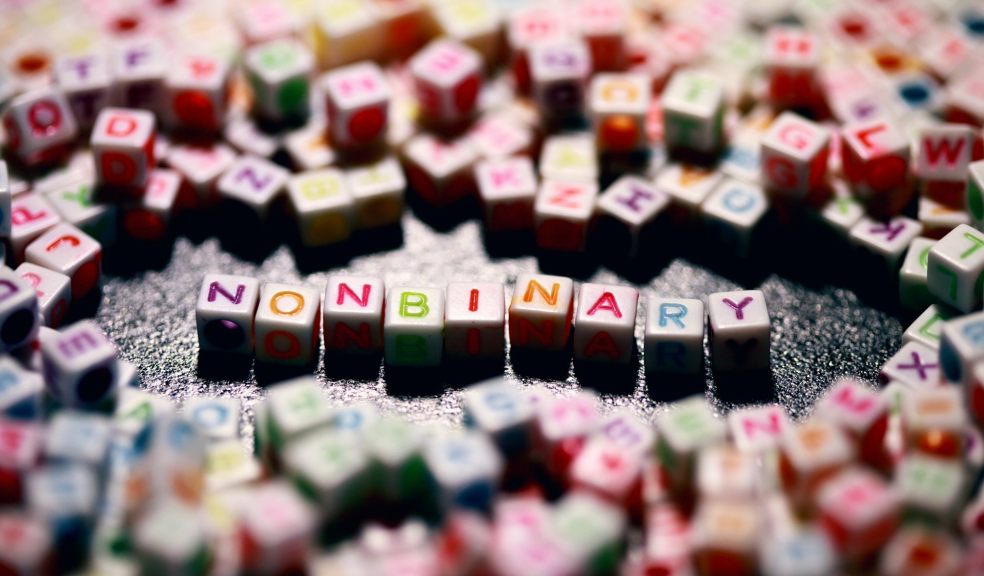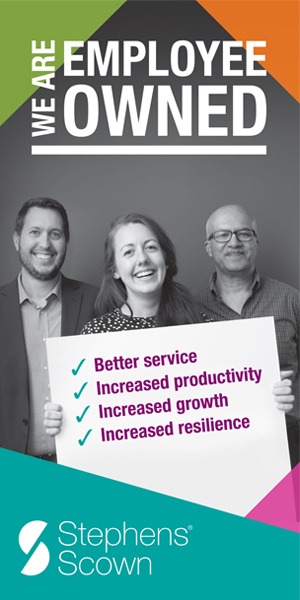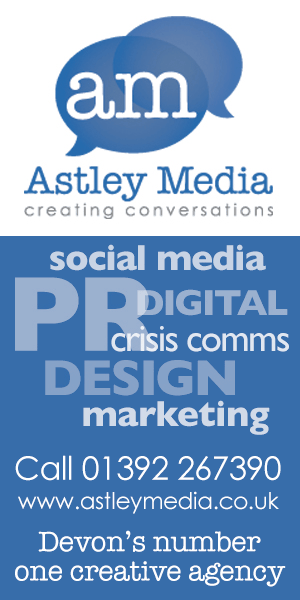
Breaking the Gender Mould
In today’s evolving society, the concept of gender is undergoing significant changes. One of the most profound shifts is the growing recognition of non-binary identities. Understanding what it means to be non-binary and breaking away from traditional gender norms can help us create a more inclusive and accepting world. Let’s delve into this topic to better understand non-binary identities and the impact they have on individuals and society.
Rethinking Gender: Beyond the Binary
For centuries, gender has been viewed through a binary lens, where individuals are categorized strictly as male or female. This binary perspective is deeply ingrained in many aspects of our lives, from language and clothing to roles and expectations. However, non-binary people challenge this traditional view by existing outside or between these two categories.
Non-binary is an umbrella term that includes a variety of gender identities. Some non-binary individuals may feel like a blend of both genders, others may feel they have no gender at all, and some might experience their gender as fluid, changing over time. This diversity highlights that gender is not a fixed binary but a spectrum with many possibilities.
The Spectrum of Gender Identities
To better understand non-binary identities, it’s helpful to explore some of the terms and concepts within this spectrum:
- Genderqueer: A broad term used by some people who reject traditional gender distinctions.
- Genderfluid: People whose gender identity changes over time.
- Agender: Individuals who do not identify with any gender.
- Bigender: People who identify with two genders, either simultaneously or switching between them.
- Demiboy/Demigirl: People who feel partially, but not wholly, male or female.
Each of these identities reflects unique experiences and perspectives on gender, emphasizing the personal and individual nature of gender identity.
Cultural and Historical Perspectives
It’s important to recognize that non-binary identities are not a new phenomenon. Many cultures throughout history have recognized more than two genders. For instance, some Indigenous cultures in North America have long acknowledged Two-Spirit people, who embody a mix of male and female traits. In South Asia, hijras have been recognized as a distinct gender for centuries.
These historical and cultural perspectives demonstrate that the binary view of gender is a relatively recent and Western concept. By understanding and respecting these diverse traditions, we can appreciate the rich tapestry of human gender experiences.
Challenges Faced by Non-Binary Individuals
Living as a non-binary person in a world that largely operates on a binary system can be challenging. Here are some common difficulties non-binary individuals might face:
- Misunderstanding and Misidentification: Non-binary people often encounter confusion or skepticism about their identity. This can lead to misgendering, where others use incorrect pronouns or labels.
- Lack of Representation: There is still limited representation of non-binary people in media, politics, and other public spheres. This invisibility can make it harder for non-binary individuals to find role models and feel validated.
- Legal and Administrative Barriers: Many official forms and documents only recognize male or female genders, complicating legal recognition for non-binary people. Advocating for more inclusive options is an ongoing struggle.
- Social and Family Dynamics: Coming out as non-binary can sometimes lead to strained relationships with family and friends who may not understand or accept their identity.
Promoting Inclusion and Acceptance
Creating a more inclusive society for non-binary individuals involves several key steps:
- Education and Awareness: Increasing awareness and understanding of non-binary identities through education can help dispel myths and reduce stigma. Schools, workplaces, and communities should provide resources and training on gender diversity.
- Inclusive Language: Using gender-neutral language and pronouns (such as they/them) can help create a more welcoming environment. It’s important to ask people their pronouns and use them correctly.
- Representation Matters: Increasing the visibility of non-binary individuals in media, literature, and public roles can provide non-binary people with role models and help normalize diverse gender identities.
- Legal Recognition: Advocating for legal and administrative changes to recognize non-binary genders on identification documents and in policies can help ensure equal rights and protections.
- Support Systems: Providing supportive spaces, such as LGBTQ+ groups and mental health resources, can offer non-binary individuals the community and affirmation they need.
Embracing the Future
As society continues to evolve, the recognition and acceptance of non-binary identities are growing. This progress is not just about changing laws or language, but about embracing the diversity of human experiences and understanding that there are many ways to be who we are.
By breaking the gender mold and moving beyond the binary, pioneers like Gender GP are opening up new possibilities for everyone to express their true selves. In doing so, we pave the way for a more inclusive, understanding, and compassionate world where all identities are respected and celebrated.













